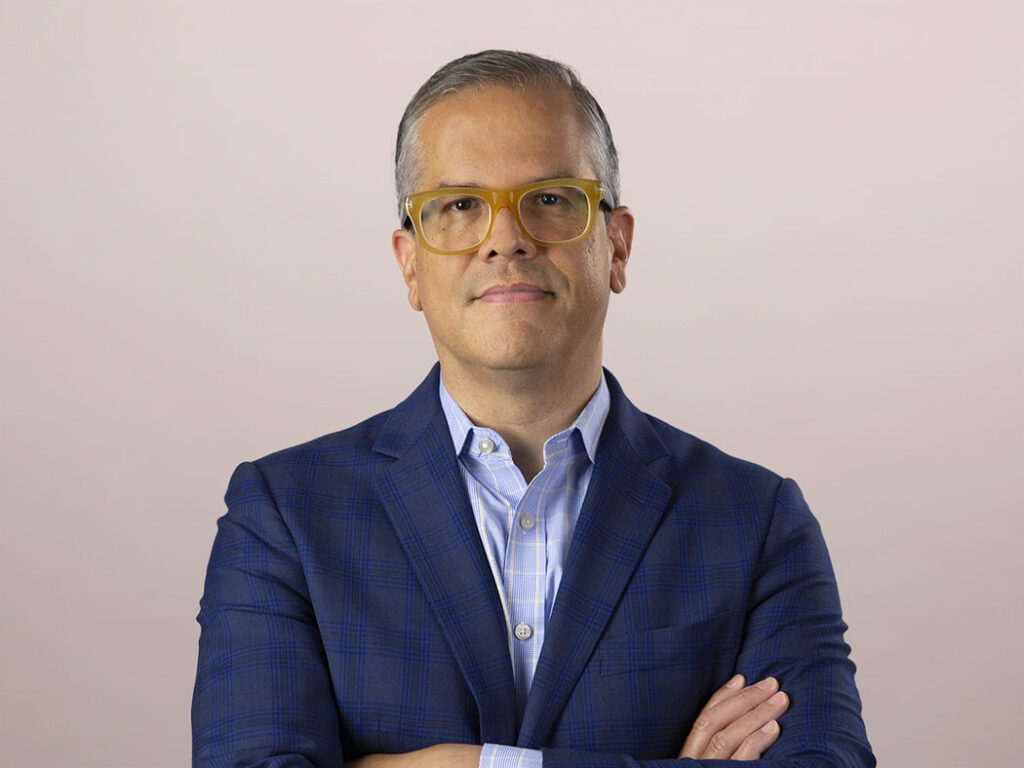Salesforce Wear Aims To Turbo-Charge Both Enterprise And B2B2C Wearables Markets
On June 10, Salesforce.com announced Salesforce Wear, a bundle of free tools and reference applications aimed at evangelizing the power of enterprise wearables. The offering supports six different wearable devices, each with its own open-source reference application to help developers design and build wearable apps that connect to the Salesforce1 platform.
Salesforce Wear has the potential to turbo-charge the growing market for enterprise wearables. Enterprises using Salesforce Wear will gain tools and reference applications that immediately apply to six wearable devices: three smart watches (Pebble, Samsung Gear, and Android Wear), plus Google Glass, the Myo armband, and Bionym’s Nymi authentication device.
Some of the reference applications are pure enterprise/B2B workforce enablement applications, like the Google Glass application for oil rigs, which can be generalized to other field service scenarios (and which, conceptually, I have written about before). Salesforce Wear’s app facilitates real-time field actions by providing schematics of the equipment being serviced, offering a view into the full service history of the equipment, and connecting field workers to colleagues for real-time collaboration. All in all, the reference app helps field workers fix problems more quickly and effectively.

Salesforce Wear's Casino Reference Application with the Bionym Nymi Band. Source: Salesforce
Others reference apps offer solutioning for B2B2C scenarios – which Forrester has been covering extensively in our wearables research. What’s cooler than the reference application for casinos, powered by Bionym’s Nymi band authentication device? With this application, high rollers equipped with Bionym’s Nymi band could walk into a casino and enjoy magical, customized experiences. The customer, who remains persistently authenticated while wearing the band, can receive all the benefits due to a VIP. The casino can track her journey all evening, offer up real-time experiences customized to her (like her favorite drink or a seat at the elite poker table), and offer incentives and triggers for new experiences (based on her location and profile) – culled from data about the customer in Salesforce. It’s like Disney’s Magic Band, only with far more assurance that the person wearing the band is who she says she is.
Salesforce Wear will offer enterprises a quicker path to creating these types of scenarios. Wearable “mobile moments” differ from those on smartphones – otherwise, why not just pull your phone out of your pocket? Salesforce understands this, and has created a suite of powerful applications to inspire (or be used directly) enterprise wearable adoption.
In addition to I&O pros, other tech vendors should take note, too. The CEO of a large vendor of enterprise hardware and services recently pushed back on the idea of enterprise wearables, telling me, “we feel that’s going to be a consumer market, so we aren’t interested.”
Forrester disagrees. Salesforce’s move into this space both validates the enterprise wearables market and will spur it forward even more quickly. Salesforce.com partners – like systems integrators like Capgemini, Deloitte, Infosys, PricewaterhouseCoopers, and Tata Consulting Services – will be incentivized to expand their implementations of wearables, adding them as endpoints to mobile solutions implementations. The reference applications and tools will allow enterprises to jump directly to the business of innovating, rather than spending time coding the fundamentals.
I’ve just published a report on Salesforce Wear, and I’d invite you to read and download the full analysis here.
J. P. Gownder is a vice president and principal analyst at Forrester Research serving Infrastructure & Operations Professionals. Follow him on Twitter at @jgownder
